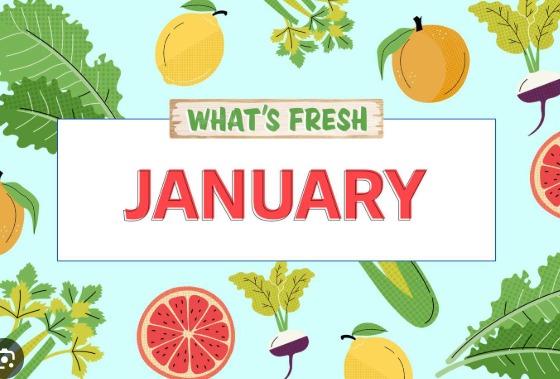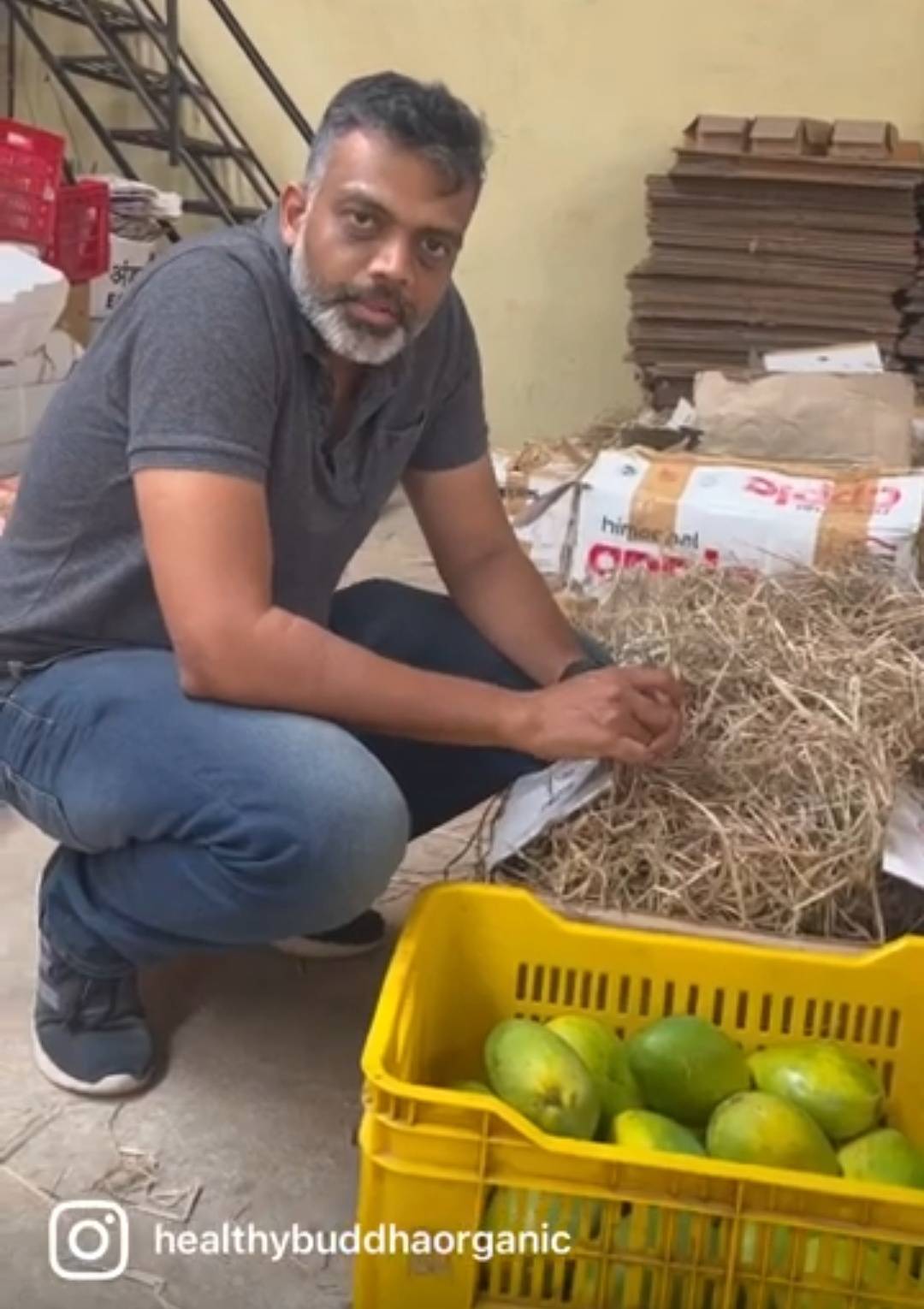
5 Traditional Grains and How to Cook them
Traditional and local grain varieties were quite popular at one time, but many of them had been sent to the background over the years.
But traditional grains are now making their comeback and its important we dont lose such grains from our farms and kitchens.
Not a lot of us know how to cook with such grains...which makes us hesitate to try it.
So we have put together, 5 traditional grains and how to cook them :
Mapillai Samba literally traslating to “Bride Groom Rice” is a native variety of rice, which is red in colour and is grown predominantly in Tamil Nadu. Its well suited to organic farming because it is hardy and demands little or no fertilisers or pesticides.
It translates to Bride Groom rice due to a folklore where grooms were given this rice before display of their physical strength.... its for anyone looking to get nutritious and energy giving rice variety.
It can be cooked as rice, or made as Idli, Dosa, upma, pongal etc.
General Method of Cooking* :
Wash 2 cups rice 2-3 times & soak for 6-8 hours or overnight.
Use soaked water with additional water - totally 7 cups in a pressure cooker and bring to boil by adding salt. When it boils add soaked rice. 4-5 whistles and reduce flame leave for 5 minutes.
Rajamudi is one of the traditional varieties of red rice. Its mention traces back to the era of the Wodeyars of Mysore, when it was exclusively grown for them. It is said that people who could not pay tax to the King of Mysore were asked to pay nutritious Rajamudi rice in lieu of that. Rajamudi rice is unpolished and comes in a mix of red and brown colour.
General Method of Cooking* :
Rinse it well. Soak for an hour. 1 cup rice : 2 cups of water ; Cook on a high flame for 1 whistle, lower the flame and cook for 3 more whistles in pressure cooker.
Can be easily replaced with regular white rice in dishes like dosa or idli and rice flour can be used to make Rotis, Kadabus and much more. Pulao, Bisi bele bath, Fried rice, also tastes good when made using Rajamudi rice.
A traditional rice variety native to the South Indian parts like Tamilnadu, Kerala and Karnataka.
Interesting thing is, though it appears as reddish it actually belongs to the black rice variety. The kernel of the rice is blackish and the rice within is reddish in tinge.
This rice variety finds its mention in medicinal clues of Siddhas inscribed in the palm leaves- which are available at Saraswathi Mahal Library of King Serfoji at Thanjavur & these have been transformed into printed forms. Few medicinal traits of some of the ancient traditional varieties of rice are listed in the medicinal notes of “Pathartha Kunapadam” of yogis and Siddhas.
General Method of Cooking* :
Soak for an hour. Pressure cook - rice and water in a 1:3, three-four whistles.
Use it for making batters idlis, dosa, paniyaram. Can also used in making puttu Also, you can always use it like any other rice.
Heirloom rice coming from farms in West Bengal. Black rice is know to be rich in antioxidants, protein and dietary fiber of all rice varieties coupled with good iron content. Some even say keeping such traditional varieties alive and growing in their particular region could help maintain biodiversity around them.
General Method of Cooking* :
Better to soak overnight. 1:2or3 water ratio & 4 whistles in pressure cooker. Incase you want it softer continue cooking it on simmer.
Best suited for steaming, boiling or baking for weight loss or diabetic diets. Porridge, bread, dessert, sushi rolls, rice bread salad and hand rolls.
5) Poongar Rice
Poongar Rice literally translates to womens rice...It is an unpolished red rice variety, indigenous to Tamil Nadu. Farmers say that this crop can withstand and grow in drought conditions as well as during floods. Often mistaken for Mapillai Samba Rice due to similar appearance.
Why its called womens rice ?
It has been known to be helpful in womens health. Poongar consumed by women after puberty, is believed to avert ailments associated with the reproductive system. And especially said to be beneficial to pregnant women and lactating mothers.
Can be cooked as rice with meals.
General Cooking Method* :
Wash well and soak over night. 1 cup rice : 3 cups water, pressure cook for 4-5 whistles.
great for making idlis, dosas(especially neer dosa), iddiyappam, puttu, kanji or porridge, even in sweets like payasam.
*PS: these methods are to give a general idea. Please modify them according to your personal preferences and requirements. Incase any method or recipe has worked out well for you we would love to hear and try out.
Join us in bringing these grains back into our kitchens.


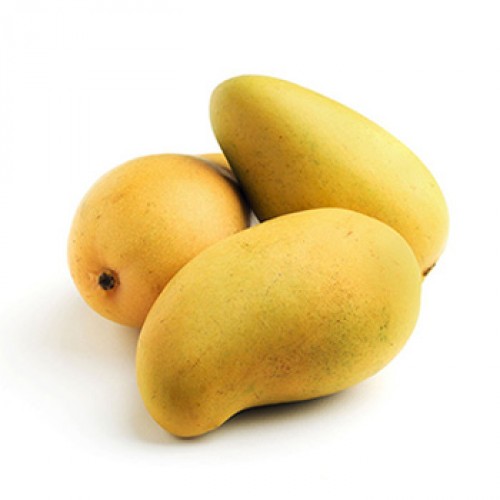


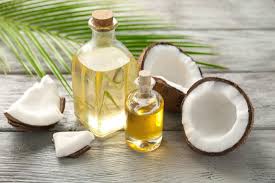
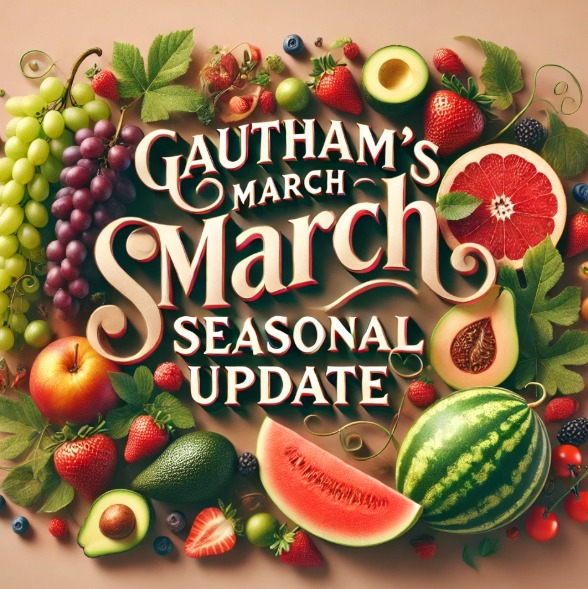


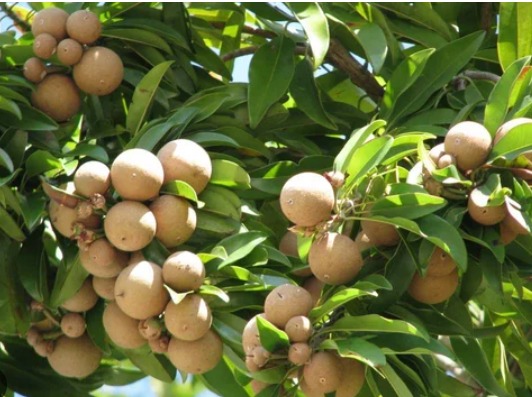
.jpg)


